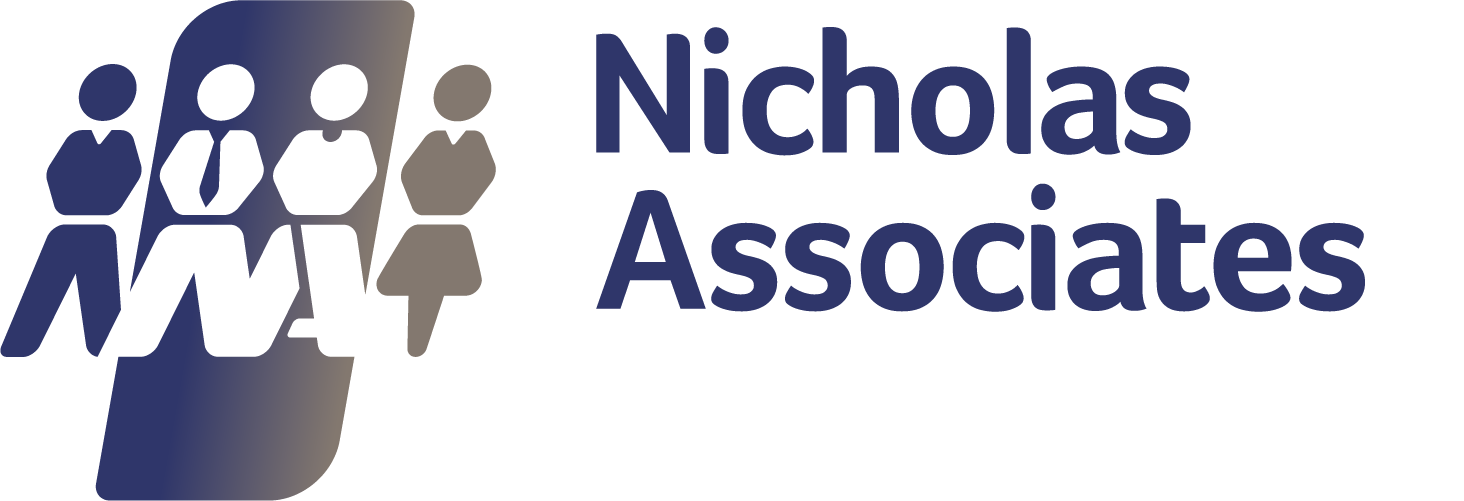With the Apprenticeship Levy hitting the headlines for large parts of the year, primarily for negative reasons, we asked the experts in this field at the Apprenticeship Employment Agency, another division of the Nicholas Associates Group to highlight the key issues for the majority of employers.
The National Audit Office reported last month that since funding reforms were introduced, apprenticeship starts have fallen substantially. The NAO highlights that the introduction of the levy significantly changed the pattern of apprenticeship starts. There was a spike in starts in April 2017, before the reforms took effect, but the number of starts fell after this and has not recovered to previous levels. Some of this change may be explained as indicating a move away from apprenticeships that do not meet quality requirements such as apprentices spending at least 20% of their time doing off-the-job training.
It went on to report that the number of starts in 2017/18 was 375,800, 26% lower than the 509,400 starts in 2015/16.2 As a result, the rate of starts would need to double for the government to meet its target of 3 million new starts by March 2020, which it is very unlikely to achieve.”
The take-up of levy funds is below what the Department expected. In 2017-18, levy-paying employers used 9% of the funds available to them to support new apprenticeships, equating to £170 million of almost £2.2 billion available. Partly because of this, the Department spent less on the programme than it budgeted. In 2017-18, it spent £1.6 billion, which was £0.4 billion less than budgeted.
The fall was particularly marked for level 2 apprentices aged 25 or over, with 55% fewer starts in 2017/18 compared with 2015/16.
Stakeholders believe that the fall in starts may have been because employers and training providers were uncertain about how the new system would work. It may also be an indication of a move away from apprenticeships that do not meet quality requirements such as apprentices spending at least 20% of their time doing off-the-job training.




















